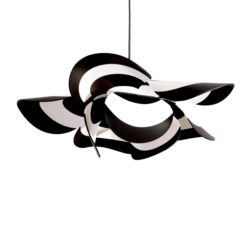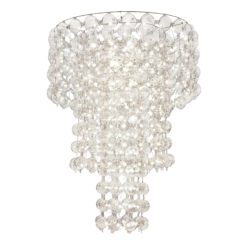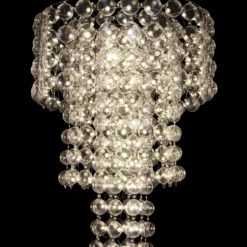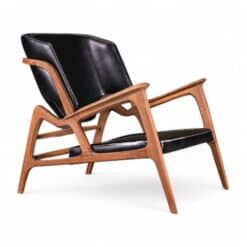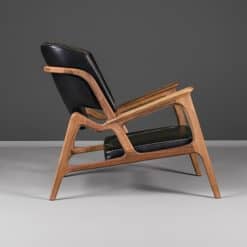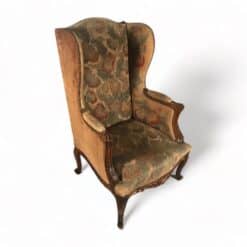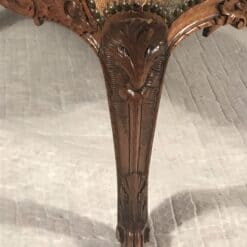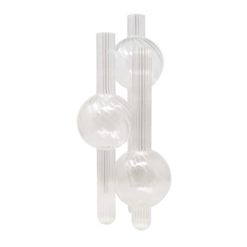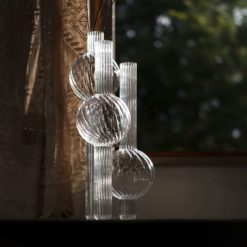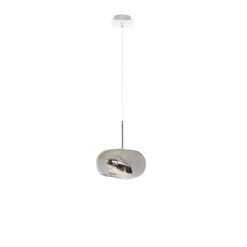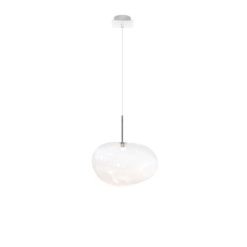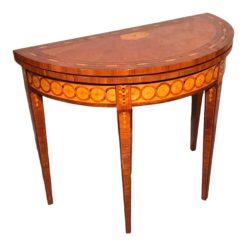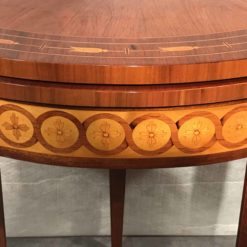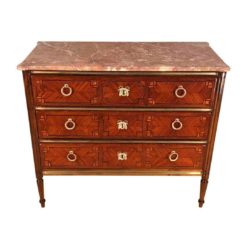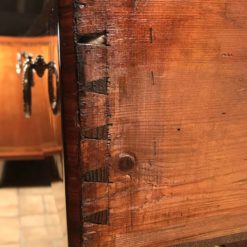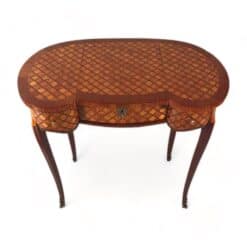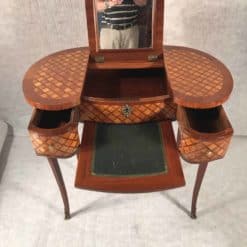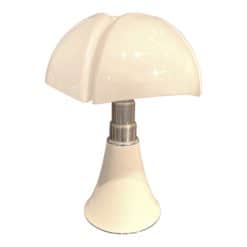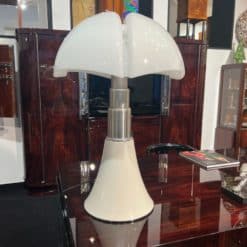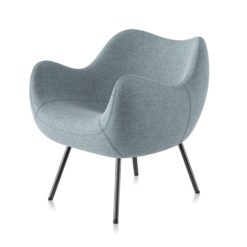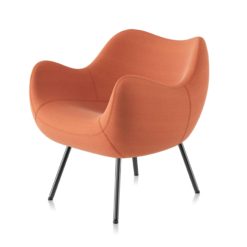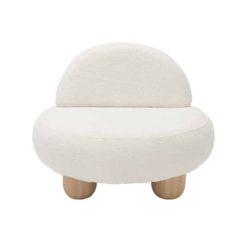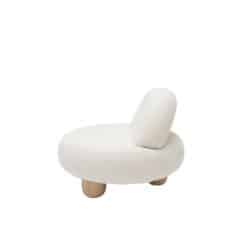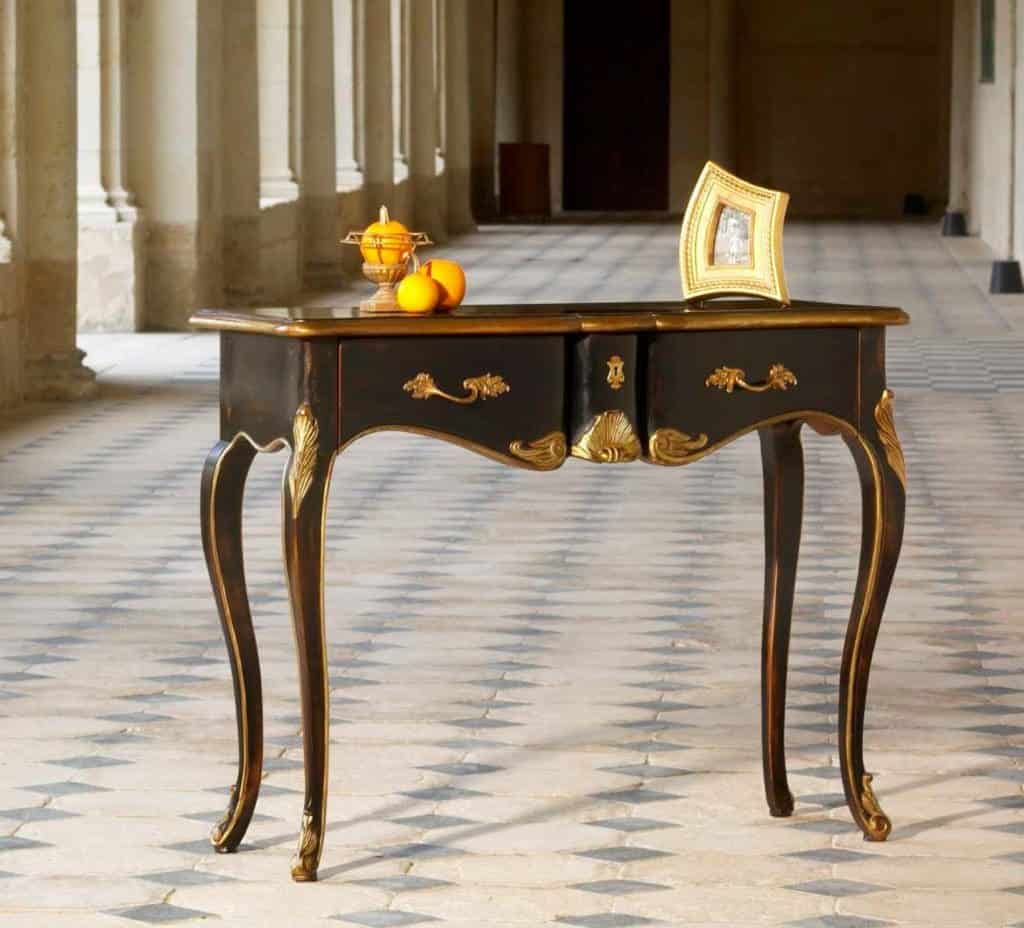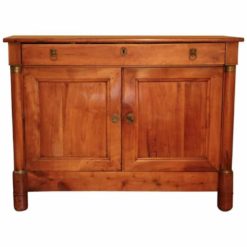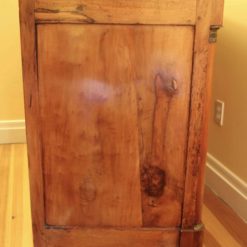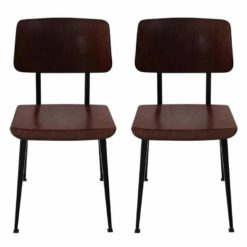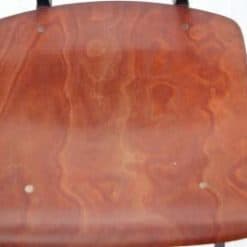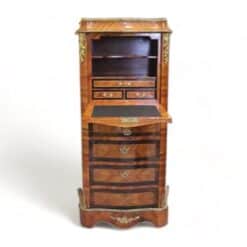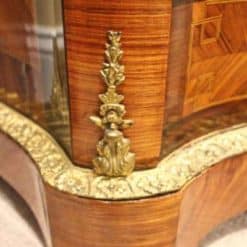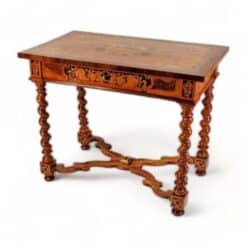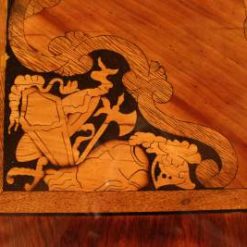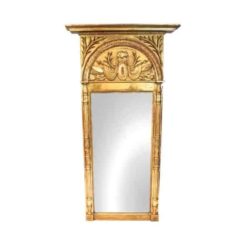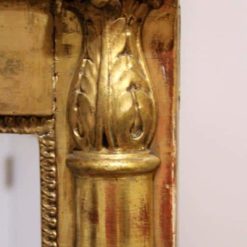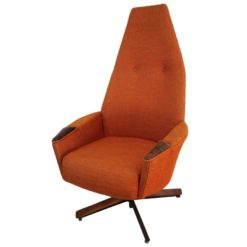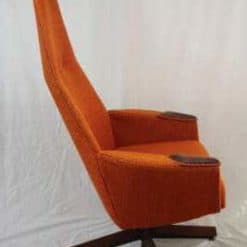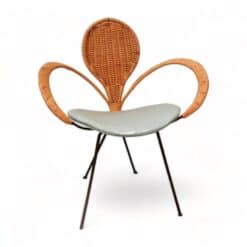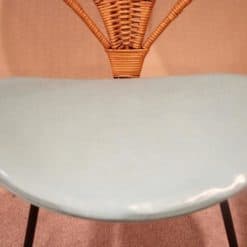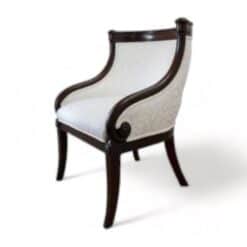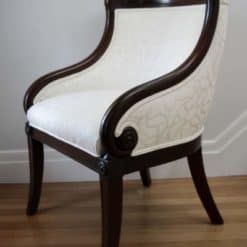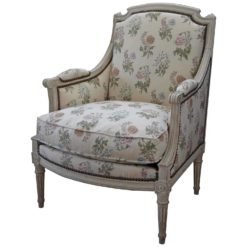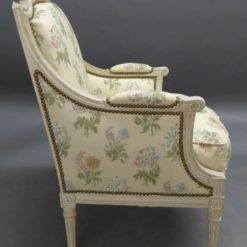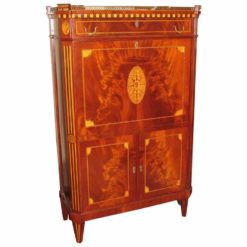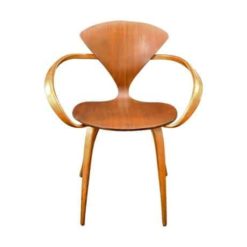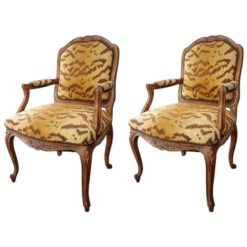Best Sellers
Styylish History
French Furniture History: The Directoire Period
French Furniture History: The Directoire Style
From 1789 to 1804, French furniture took a sharp turn, condemning anything associated with
the Ancien Régime.
Previously predominant themes revolving around royal extravagance, noble power, and privilege were now perceived negatively.
Repressed by the revolutionaries, furniture guilds were no longer able to ensure the same degree of craftsmanship. They dissolved in 1791.
While this period was economically and socially troubled, personal wealth among private citizens grew. And as it did, so did the demand for furniture.
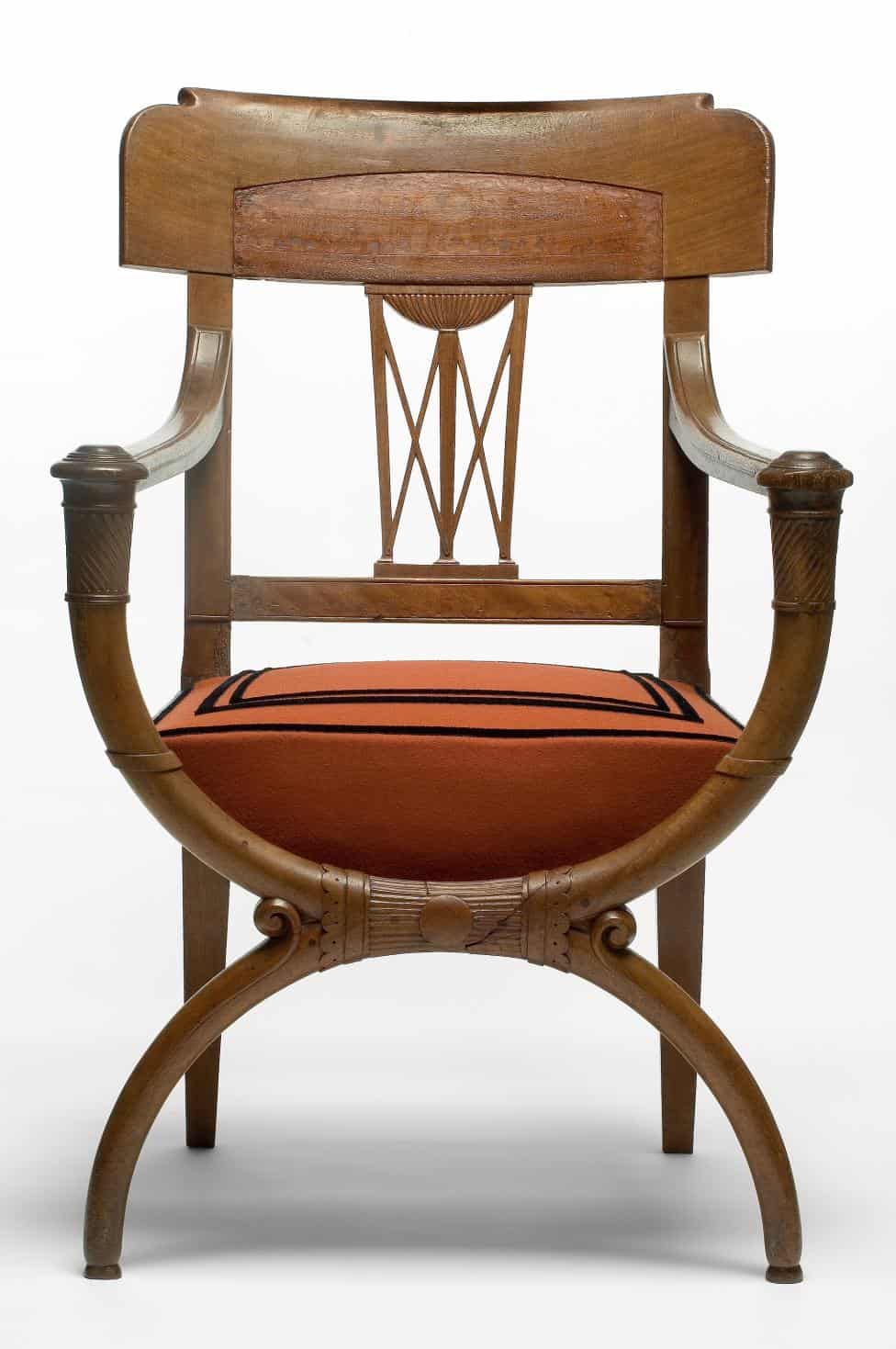
Curule armchair | Source: ngv.vic.gov.au
These new buyers were content with surface-level decorations and were more concerned with rapid execution.
The result was the Directoire period, which pulled inspiration from antiquity and earlier French design. However, it diverted from the richness of earlier styles.
It is the predecessor of the Empire style and final phase of the Louis XVI style.
It was wasn’t until Napoleon Bonaparte’s rise to power that French furniture would return to its earlier extravagance.
Directoire French Furniture Characteristics
The furniture guilds’ lack of power led to a decline in furniture quality and innovation. But that isn’t to say that Directoire furniture is inferior.
Directoire furniture preserves the elegant and stately characteristics of earlier periods.
But, like Gustavian design, the Directoire style is much more restrained. This moderation is evident in the elongated, uncomplicated shapes and clear lines of most pieces.
In interior design, painted wallpaper replaced rich tapestries. Also, upholstery and cretonne curtains took the place of brocades and damasks.
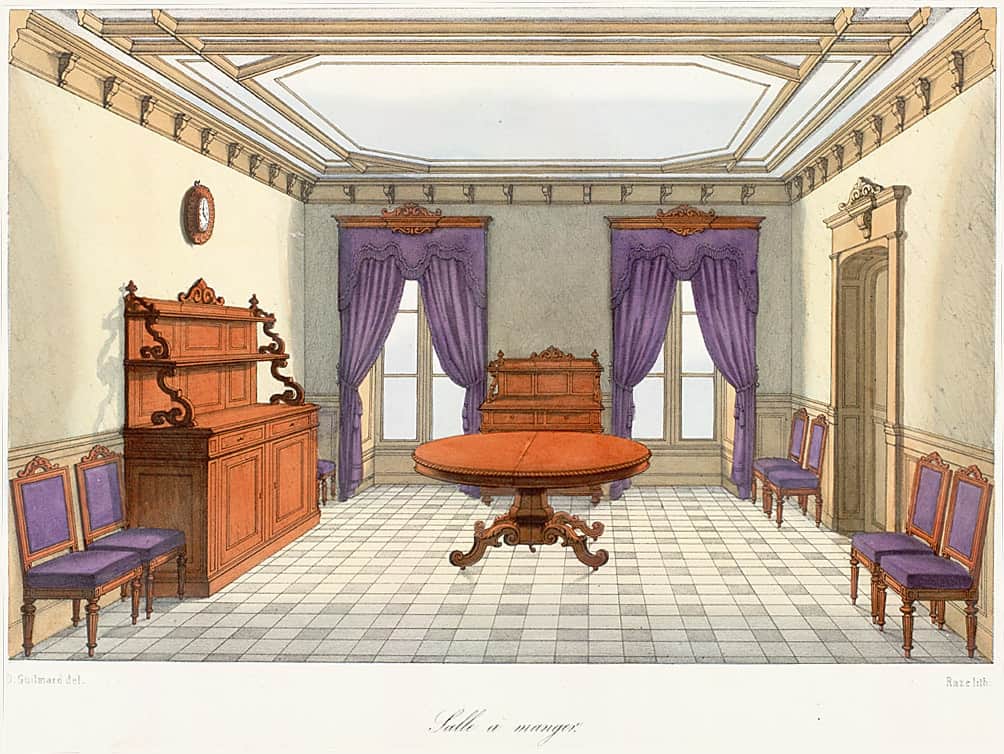
Ornamentation
Ornamentation was sparse. Greek and Pompeian elements were common, but never covered the furniture’s elemental composition.
Prevalent forms incorporated quadrilateral shapes like squares and rectangles, as well as palmettes.
Other Neoclassic motifs were also common. Pieces often featured tureens, urns, swans, winged lions, scarabs, sphinxes, and pyramids.
Because of this period’s economic constraints, marquetry and bronze fittings were almost nonexistent.
Revolutionary Influence
The Directoire period was a direct response to the extravagance of the old ruling class. While it still modeled Neoclassic motifs from earlier works, revolutionary designs were also on the rise.
The new subjects represented the changing order and values of the French people.
- Phrygian caps = liberty
- Spirit levels = equality
- Clasped hands = fraternity
- Pikes = freedom of man
- Triangles with a single eye in the middle = reason
Materials
Inexpensive materials like elm, walnut, fruitwood, beech, and other woods were the materials of choice for Directoire Furniture. Mahogany was reserved almost exclusively for fine furniture.
Popular paint colors included gray, white, sea green, and lime green. Painted furniture often was made from beechwood.
Additionally, the Directoire period saw the resurgence of inlay decor, often with ebony, citronnier, copper, and brass.
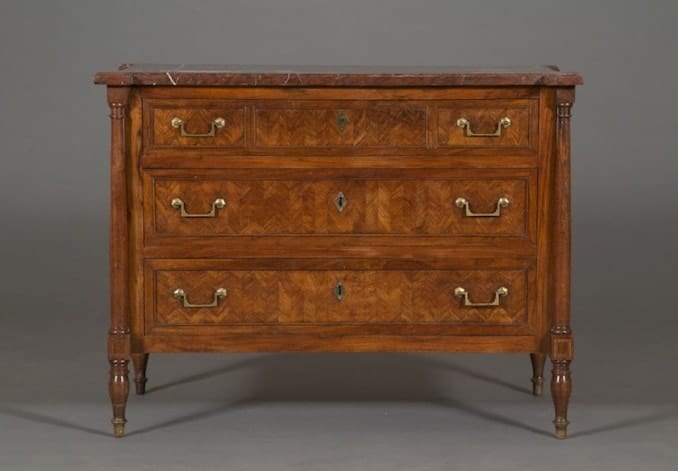
Directoire French Furniture
Directoire furniture is elegant in its own right. Despite the perceived change of quality, many still find it an attractive style.
Directoire design is what often comes to mind when people think of traditional French furniture.
Seating
Aside from seating, there was little invention during this period. Simple, slender, and balanced designs became standard for chairs, daybeds, and settees.
Directoire chairs featured new design elements. Square-shaped rear legs curved outward but moved the eye in a vertical line to the straight back.
During this time, two types of chairs were popular. One was crafted similarly to Louis XVI. Its back was slightly curved, spreading out and back at the top.
The second type, the klismos, was inspired directly from Greece. It had a pronounced rolled-over back, similar to a scroll.
The legs of both styles of chairs had rounded tapering front legs and arms. Small carved flowers and palmettes decorated column-shaped armrests.
Chairs had ornamentation, but it was sparse. The most common decorations were daisies, stars, fillets in relief, and the lozenge.
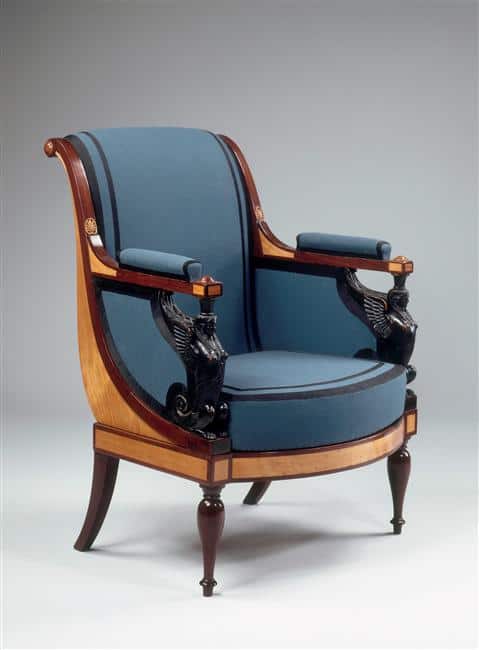
Récamier
The récamier is indicative of the Directoire period, pulling inspiration from Greek and Roman themes.
This piece of French furniture was a day bed with ends of the same height. It got its name after the debut of a painting featuring a famous French socialite called Portrait of Madame Récamier.
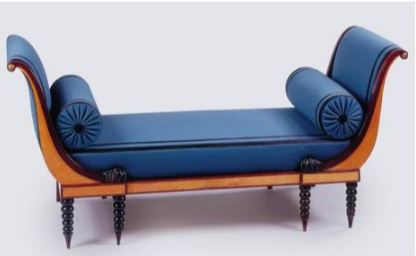
The Bouillotte Lamp
The bouillotte lamp was a famous invention from this time. It had between two and four candle arms covered with a shade.
As the candles burned, the shades could be lowered, obstructing the bright glare of the flames.
Bouillotte lamps were made from painted metal (tôle) and had a reflective interior designed to magnify the light.
The lamp directed the candlelight directly downwards, providing more light for writing, reading, and more.
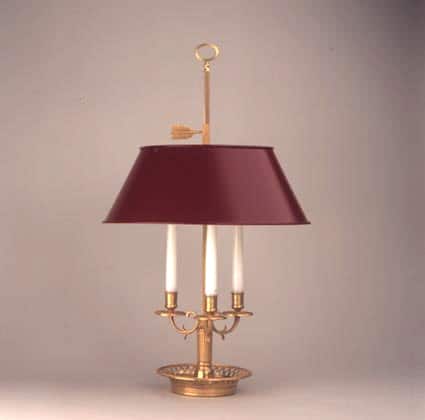
Percier and Fontaine
Charles Percier and Pierre-François-Léonard Fontaine were leaders in the emergence of the Directoire period. They created numerous iconic works, notably the Arc de Triomphe du Carrousel.
These men worked as both architects and interior designers. The archeological discoveries in Pompeii and later Egypt strongly influenced them.
Upon their return to Paris, they created pieces that echoed the desire for order, discipline, and subdued power.
After Napoleon’s Egyptian expedition, Percier and Fontaine crafted new pieces based on Egyptian culture.
Additionally, Napoleon commissioned these two men with the redecoration of Malmaison in 1797.
Afterward, Percier and Fontaine moved on to Saint-Cloud, the Tuileries, the Louvre, and more. All of their work represented Napoleon’s desire for the strength and richness seen in the Roman design.
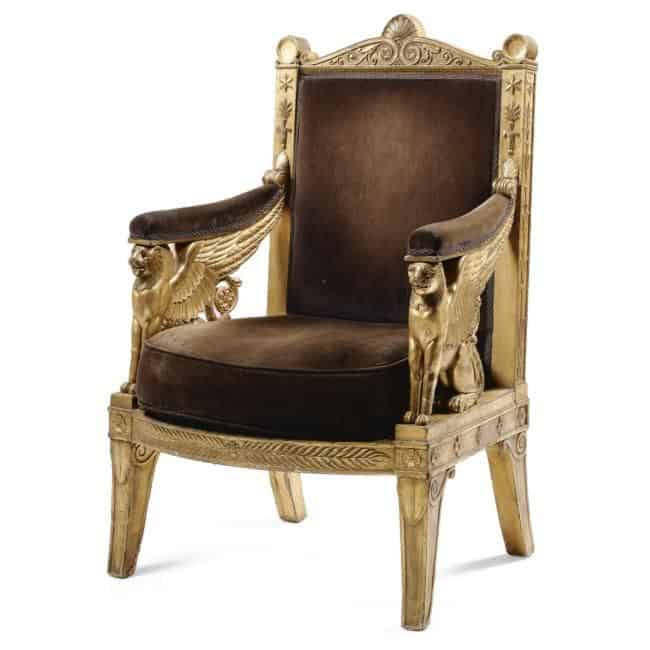
Styylish
Visit the Shop for a selection of elegant wooden antique furniture, from dining tables to dining chairs.
For more French furniture history, check out the Blog.
Whether you prefer shabby chic, French provincial, or French country furniture, we can help you with your interior designs. Message us on the chat to talk to an expert!

